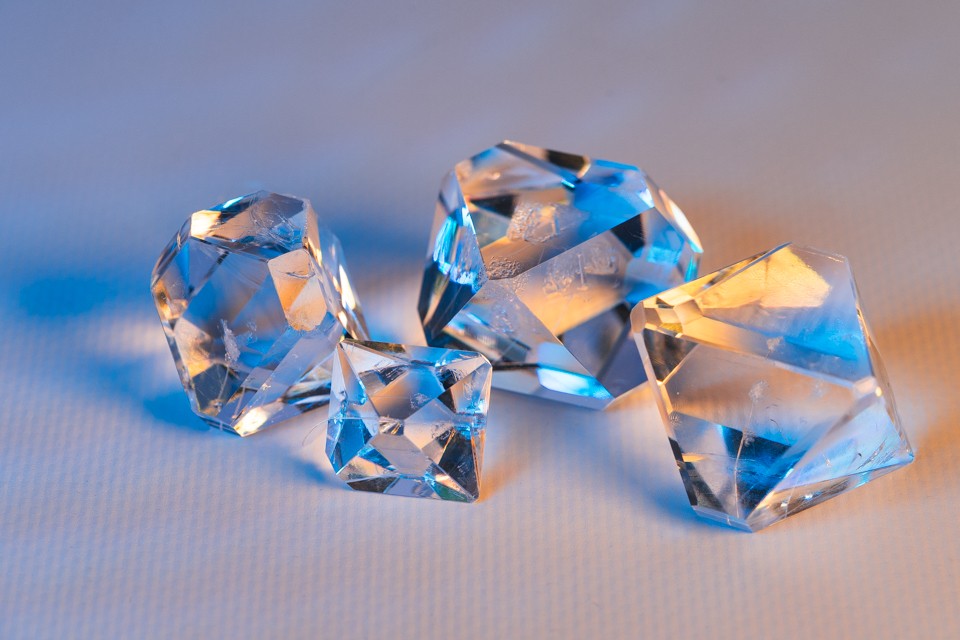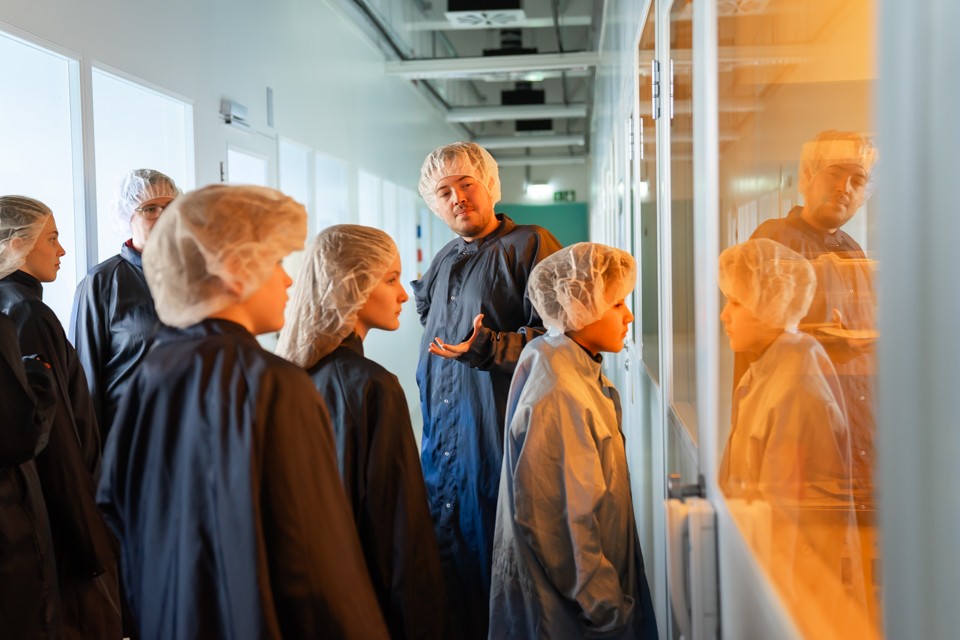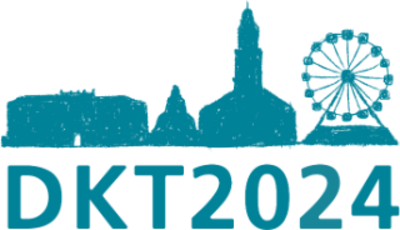Winners of the Crystal Growing Conference 2024 have been announced
Nationwide school competition "Who grows the most beautiful crystal?" - These are the winners in the school year 2023/2024!
In the 3rd nationwide school competition "Who grows the most beautiful crystal?", the expert jury at Fraunhofer IISB was spoilt for choice: over 2,500 pupils from 150 schools across Germany submitted their home-grown crystals for judging. The winning teams were honoured at the German Crystal Growing Conference 2024 on 7 March in Erlangen. Theodor-Fliedner-Gymnasium Düsseldorf once again took first place. The Staatliche Realschule Dettelbach took second place. Three schools shared third place: Oberschule Wiefelstede, Louise-Schröder-Gymnasium Munich and Albert-Schweitzer-Gymnasium Erfurt. The special prize for the largest crystal was won by Max-Planck-Gymnasium Munich. The competition was organised by the Fraunhofer IISB, the German Society for Crystal Growth and Crystal Growth (DGKK) and the Leistungszentrum Elektroniksysteme (LZE) together with the P-Seminar "Crystal Competition" at Eckental Grammar School and was significantly supported by the Bavarian Chips Alliance as a partner.
Alum crystals from the Theodor-Fliedner-Gymnasium Düsseldorf impressed once again
Making schoolchildren aware of the influence of technical crystals on our daily lives and getting them excited about engineering and science: Fraunhofer IISB, the German Society for Crystal Growth and Crystal Growth (DGKK), the Leistungszentrum Elektroniksysteme (LZE) and the Bavarian Chips Alliance called for entries to the third "Who can grow the most beautiful crystal?" school competition in July 2023. In response, 280 groups from grades 5 to 13 with a total of 2,500 children from 150 schools across Germany registered. The teams took part in the competition together with a supervising teacher and used the second half of the year to experiment diligently. The pupils proudly entered their most beautiful crystals into the competition and sent them in to be judged. An expert jury chaired by Dr Jochen Friedrich, head of the Materials department at Fraunhofer IISB, selected the winning crystals from the 300 entries sent in. The most important criteria for the assessment are optical clarity, a regular shape and smooth surfaces. The crystals do not have to be particularly large.
Theodor-Fliedner-Gymnasium Düsseldorf shone with particularly smooth and transparent alum crystals and successfully defended its first place from 2019. Staatliche Realschule Dettelbach also took second place with fantastic alum crystals. Third place was shared by three schools: Oberschule Wiefelstede, Louise-Schröder-Gymnasium München and Albert-Schweitzer-Gymnasium Erfurt. The special prize for the largest crystal was won by Max-Planck-Gymnasium Munich with a blue crystal made of copper sulphate. The pupils travelled to the German Crystal Growing Conference DKT in Erlangen on 7 March 2024 for the award ceremony. Dr Jochen Friedrich presented each of the six winning groups with an individually processed silicon wafer bearing the name of their school as a trophy. There were also cash prizes and an invitation to the official conference dinner with all the scientists at the symposium.
What is a "beautiful" crystal?
When you think of "beautiful" crystals, diamonds, rubies or emeralds may spring to mind. They are characterised by a smooth surface and a transparent interior, i.e. they reflect light and are translucent. These properties are also very important for crystals in research and industry, but for a different reason. In the case of so-called semiconductor crystals, such as silicon, silicon carbide or gallium arsenide, smooth surfaces and a flawless atomic structure are decisive factors in determining whether the crystals are suitable for use in microelectronics.
For semiconductor crystals in particular, the inner three-dimensional symmetry, i.e. the perfect and regular arrangement of all crystal atoms, is the decisive feature. It is this structure that enables the interference-free propagation of electrical currents or signals, light or sound. This makes semiconductor crystals the basis for many technical applications, for example in electronics, optics or acoustics. To manufacture electronic components, the crystals are cut into thin discs, which are referred to as "wafers" in technical jargon. These wafers serve as carriers for electronic structures and are further processed into microchips. Today, crystals can be found in almost every technical device and have become an integral part of our everyday lives. Research institutes such as the Fraunhofer IISB in Erlangen are therefore investigating how crystal growing processes can be optimised in order to obtain crystals that are as ideal as possible.

© Elisabeth Iglhaut / Fraunhofer IISB | Particularly even and transparent: the group from Düsseldorf's Theodor-Fliedner-Gymnasium won the nationwide school competition "Who grows the most beautiful crystal?" with their home-grown alum crystals.

© Elisabeth Iglhaut / Fraunhofer IISB | The students from the winning teams travelled to Erlangen for the award ceremony at DKT 2024 and visited the cleanroom laboratory here


